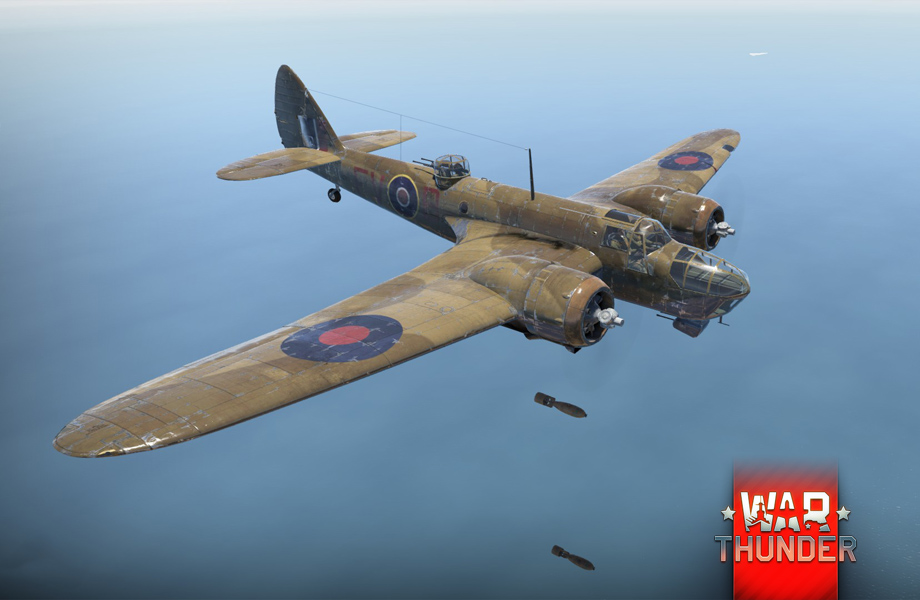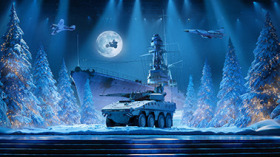
- For PC
- For MAC
- For Linux
- OS: Windows 10 (64 bit)
- Processor: Dual-Core 2.2 GHz
- Memory: 4GB
- Video Card: DirectX 11 level video card: AMD Radeon 77XX / NVIDIA GeForce GTX 660. The minimum supported resolution for the game is 720p.
- Network: Broadband Internet connection
- Hard Drive: 22.1 GB (Minimal client)
- OS: Windows 10/11 (64 bit)
- Processor: Intel Core i5 or Ryzen 5 3600 and better
- Memory: 16 GB and more
- Video Card: DirectX 11 level video card or higher and drivers: Nvidia GeForce 1060 and higher, Radeon RX 570 and higher
- Network: Broadband Internet connection
- Hard Drive: 62.2 GB (Full client)
- OS: Mac OS Big Sur 11.0 or newer
- Processor: Core i5, minimum 2.2GHz (Intel Xeon is not supported)
- Memory: 6 GB
- Video Card: Intel Iris Pro 5200 (Mac), or analog from AMD/Nvidia for Mac. Minimum supported resolution for the game is 720p with Metal support.
- Network: Broadband Internet connection
- Hard Drive: 22.1 GB (Minimal client)
- OS: Mac OS Big Sur 11.0 or newer
- Processor: Core i7 (Intel Xeon is not supported)
- Memory: 8 GB
- Video Card: Radeon Vega II or higher with Metal support.
- Network: Broadband Internet connection
- Hard Drive: 62.2 GB (Full client)
- OS: Most modern 64bit Linux distributions
- Processor: Dual-Core 2.4 GHz
- Memory: 4 GB
- Video Card: NVIDIA 660 with latest proprietary drivers (not older than 6 months) / similar AMD with latest proprietary drivers (not older than 6 months; the minimum supported resolution for the game is 720p) with Vulkan support.
- Network: Broadband Internet connection
- Hard Drive: 22.1 GB (Minimal client)
- OS: Ubuntu 20.04 64bit
- Processor: Intel Core i7
- Memory: 16 GB
- Video Card: NVIDIA 1060 with latest proprietary drivers (not older than 6 months) / similar AMD (Radeon RX 570) with latest proprietary drivers (not older than 6 months) with Vulkan support.
- Network: Broadband Internet connection
- Hard Drive: 62.2 GB (Full client)
Born out of British patriotism to have the fastest aircraft in the world it was one of the trend setters in aircraft design setting new expectations in aircraft performance. Advanced for its day but almost obsolete at the war's start, it still contributed greatly in both conflict and in siring better warplanes. During the early 1930s the world was deep in the Great Depression, where millions were unemployed and governments struggled with now miniscule revenues. Aviation was an exception, its unrestrained enthusiasm still reveling in cheap surplus war planes from the First World War. Aerial feats by intrepid aviators made them superheroes of the day, some becoming very wealthy, while others saw political power.
Lord Rothermere, owner of the powerful Daily Mail newspaper, was becoming enraged by news from other countries building better and faster aircraft, especially the once vanquished Germany offering fast commercial airline service with the record breaking Heinkel He 70 “Blitz”. For the pride of Britain, Rothermere wanted to build a faster passenger aircraft, and found the perfect candidate in Bristol Aircraft’s “Type 135” concept.
With secure funding, Bristol developed it into the Type 142, an aircraft that easily outpaced anything in the RAF when it first flew on 12 April 1935. Irrespective of its passenger carrying needs the aircraft was built like a race plane with a tiny cabin and a clean, streamlined design. As hoped, the RAF took immediate interest and started developing it into a warplane. Key changes were raising the wing for a 1000lb bomb bay, weapon armaments and an unusual all-glass stepless nose creating the Mk 1 (Mark 1), first flying on 25 June 1936.
A round of major improvements and later armament upgrades eventually resulted in the game's “Blen” Mk IV (Mark 4); the definitive late version with dual Vickers Ks in the upper turret and the unique periscope sighted twin Browning turret in the ventral position. Although difficult to operate, it was still welcomed capability to an otherwise unprotected underside in real life and in-game. The odd asymmetrical glazing (“glass”) on its nose provided unobstructed view of the runway for the pilot during takeoff and landing. The game’s bomb loads of 4x 250lb or 2x 500lb bombs (respectively 117kg and 225kg) reflects its historic ability and revealing a limitation of this type, however it was still a potent load and useful in many theaters of the world.
In the game it is Tier 1 and has a BR that results in match-ups similar to what the Blen encountered historically, from the last of the biplanes to early monoplane fighters, to the the most well known fighters like the Bf 109E and A6M2. Against the early biplanes one has advantages in speed and at least parity in armament. The pilot even enjoys a single Browning machine gun positioned, curiously, almost at the wingtip on the left wing. Against higher BR fighters it is mainly the relatively good speed to run to friendly units while the turret makes pursuit a bit risky. There is a ‘sweet spot’ where both turrets can converge on an enemy unit.
The stock Blen is at a significant disadvantage with hobbled speed, a single bomb loadout and poor ammo belts. Before your first mission, choose to unlock the “Radiator” first for the speed gain (an exception to my usual ‘armament first’ recommendations), then “MBC-B” bomb racks. After that the second rank is open so choose the “Turret 7mm” and pick the “Universal” load when unlocked. There are 2 turret upgrades, the first is for the Vickers K dorsal turret, the last for the Browning ventral; unlock those in conjunction with power upgrades. More importantly is Expert crew (requiring Level 5+ Crew in 1.53), the 2100 SL$£ paid is a steal for the improvement in crew performance!
Historic combat operations’ results were mixed, sometimes having great success, but other times suffering devastating losses - one can see similar results in game. The defensive gap under the Blen was quickly realized and an armament added, but not before many losses occurred; the in-game model has the ventral turret already installed. The classic high speed slash attack is practically the only way to avoid the defensive turrets, and 12.7mm or better armament is a must as 7mm rounds perform like spit wads on its aluminum skin.
The blistering pace of technological improvements during the 30s made the Blen obsolete by 1940, however the momentum for fast, light bomber development lead to the enlarged, more potent “Beaufort” anti-shipping version, which in turn developed into the powerful “Beaufighter”, both of which are in game. There were 3 major users outside of Britain. The “Bolingbroke” copy was Canadian built for their RCAF services. Blenheims were also shipped to and built under license in Yugoslavia (who interestingly also built Do 17’s) and by the Finns, who ironically used this British bomber against the Soviet Union - a supply of Yugoslavian spare parts supplied by Germany kept them in the air long after the war’s end. The last Blen flight was in Finland in 1954, and one of the best surviving examples is found there today.
Author: Joe “Pony51” Kudrna
Want to read more about the vehicles in War Thunder? Find other Vehicle Profiles on our website!







